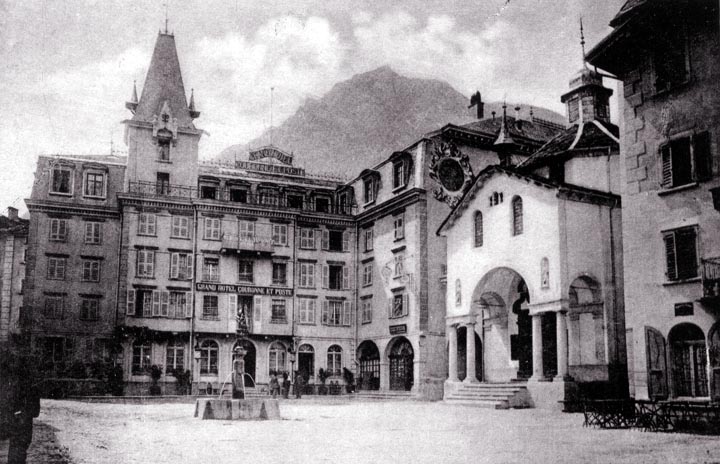Small SquaresMost of the large squares we saw in the previous chapter are beautiful and impressive, as they are meant to be. In this chapter, we will examine smaller squares that are less grand but perhaps more intimate and socially important. Christopher Alexander has stated that squares should be no longer than 70 feet in the short dimension (about 20 meters), but that the longer dimension can be considerably greater. Most of the large squares we have looked at violate this rule, but I think most of them get away with it. The critical point here is that a square should be sized to meet the expected level of foot traffic. It is possible to make a square too small, as is the case with the Leidseplein in Amsterdam. This is a vibrant square most evenings and absolutely throngs during festivities, to the point where you can't even get into it. The much larger Dam Square is not often crowded to overflowing. It's not the easiest matter in the world to gauge the level of traffic that a square will see, but a good effort should be made to do so. These smaller squares, like their larger cousins, serve vital social roles, and, when used as market squares, also important economic roles. It really matters whether or not these spaces work.
|
 Next City Design Home
E-mail |